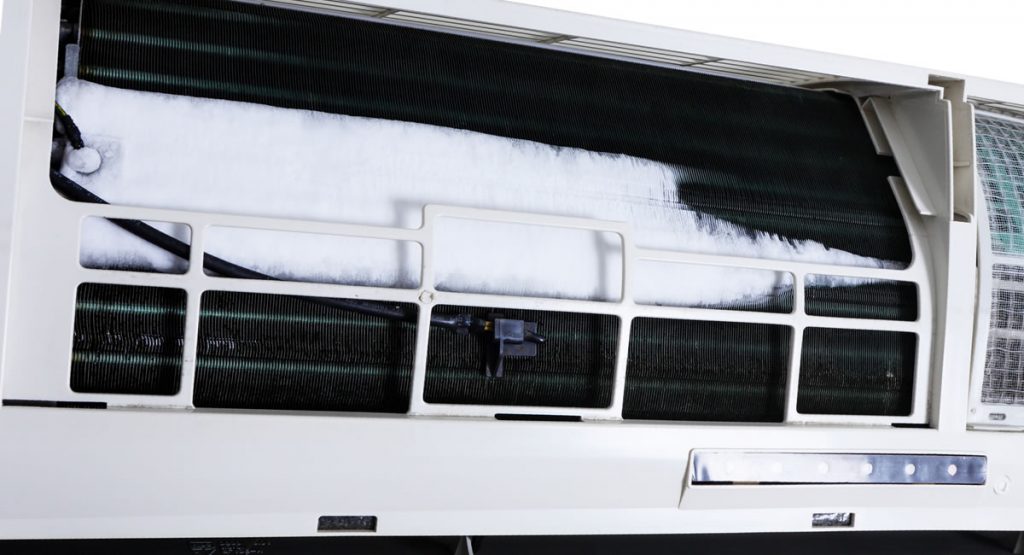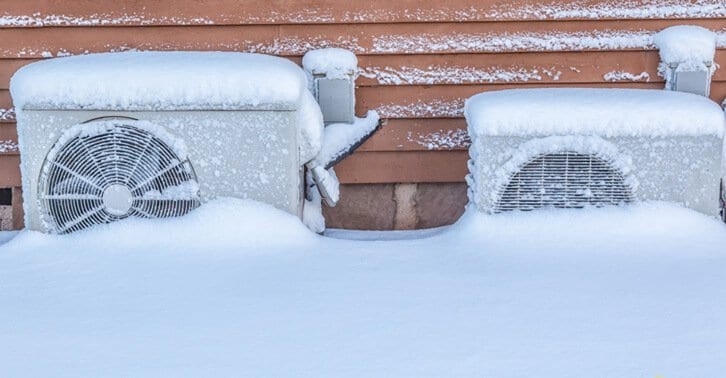What to I Do If My AC Pipe Is Frozen? - Essential Tips for Restoring Functionality
What to I Do If My AC Pipe Is Frozen? - Essential Tips for Restoring Functionality
Blog Article
Have you been in search of critical information about How can I fix an air conditioner’s frozen pipe??

Intro
Uncovering that your a/c pipe is iced up can be worrying, particularly during warm summer season when you rely on your air conditioning unit one of the most. Understanding what to do in such a scenario is important to stop further damages to your cooling system and ensure your convenience indoors.
Comprehending the Causes
Numerous factors can contribute to the freezing of an air conditioner pipe. Comprehending these reasons can aid you address the issue successfully.
Absence of Airflow
One usual source of an icy a/c pipeline is inadequate air flow. When the air flow over the evaporator coil is limited, it can create the coil to go down below freezing temperature level, causing ice development on the pipe.
Reduced Refrigerant Levels
Not enough cooling agent levels in your AC system can additionally cause a frozen pipe. Reduced cooling agent levels can cause the stress in the system to drop, causing the cold of moisture on the evaporator coil.
Winter Conditions
In cooler environments, freezing temperature levels outside can add to the cold of air conditioning pipelines. If your a/c system is not appropriately insulated or if there are leakages in the ductwork, cold air can penetrate the system, creating the pipe to ice up.
Dirty Air Filters
Dirty or blocked air filters can limit airflow in your air conditioning system, bring about various problems, consisting of a frozen pipe. It's important to change or cleanse your air filterings system on a regular basis to make certain proper airflow and prevent ice accumulation.
Indications of a Frozen A/c Pipe
Acknowledging the indications of a frozen air conditioning pipe is crucial for prompt activity.
Minimized Airflow
If you discover a considerable decrease in air movement from your vents, it could show an icy pipe.
Ice Buildup on the Pipe
Visible ice build-up on the refrigerant line or the evaporator coil is a clear sign of an icy air conditioning pipeline.
Weird Sounds from the Unit
Uncommon sounds, such as hissing or gurgling, coming from your air conditioner device can signify that there's ice present on the pipe.
Immediate Actions to Take
When confronted with a frozen a/c pipe, it's vital to act rapidly to stop further damage to your air conditioning system.
Turning off the a/c
The first step is to shut off your ac system to avoid the system from running and aggravating the concern.
Looking for Blockages
Inspect the area around the interior system for any type of blockages that may be blocking airflow, such as furniture or drapes.
Defrosting the Pipe
You can make use of gentle approaches like positioning towels taken in warm water around the frozen pipeline to aid thaw it gradually.
Preventive Measures
Taking safety nets can help avoid future events of an icy air conditioning pipe.
Routine Maintenance Checks
Arrange routine upkeep get in touch with a professional HVAC technician to ensure that your air conditioning system is running efficiently.
Changing Air Filters
Frequently replace or clean your air filters to stop air movement limitations and maintain optimum efficiency.
Insulating Exposed Pipes
If your AC pipelines are subjected to cold temperature levels, consider shielding them to avoid cold throughout winter months.
Seeking Professional Help
If DIY methods fail to solve the problem or if you're not sure concerning exactly how to continue, it's finest to look for support from a certified HVAC service technician.
When DIY Methods Fail
If your efforts to thaw the pipeline or address other problems are not successful, it's time to hire an expert.
Relevance of Hiring a Professional HVAC Technician
A certified HVAC service technician has the experience and tools required to identify and repair concerns with your AC system safely and efficiently.
Final thought
Taking care of a frozen AC pipeline can be a frustrating experience, but recognizing just how to respond can aid decrease damages and bring back comfort to your home. By comprehending the causes, recognizing the indicators, and taking timely action, you can successfully attend to the issue and protect against future events.
What to Do If Your AC Line Is Frozen
Make Sure All Supply and Return Air Vents Are Open
If you notice problems with airflow, the first thing you should do is check your supply and return vents. Supply vents distribute clean, conditioned air throughout your home. As this air becomes stale, it’s pulled into the return vent, where it’s reconditioned before being sent back out through the supply vent.
When these vents are closed, air won’t flow in the home. Before examining your AC, check the vents in every room and ensure they’re all open.
Check for a Dirty Air Filter
Another possible cause of limited airflow is a dirty air filter. Your air conditioner’s filters catch elements you don’t want to breathe in, such as dirt and dust. Over time, filters can become clogged, ultimately blocking air from flowing in and out. The lack of airflow can then cause the entire coil to freeze and will completely restrict any air from moving through it. The AC may need to be powered off for one to two days to allow the coil to thaw after replacing the filter to allow proper functioning of the unit. This debris can also accumulate on your AC’s evaporator coil, requiring a more serious repair. In general, air filters should be cleaned regularly (about every two weeks).
Assess Your Outdoor Unit
In addition to checking your AC, assessing the outdoor unit is a good idea. Also known as the condensing unit, it works with your interior unit to release heat outside. An issue with the outdoor unit can result in rising internal temperatures.
Overgrown Shrubs or Clogged Leaves
From leaves and twigs to shrubs and debris, there’s no shortage of outdoor elements that can accumulate around your condensing unit. When these elements get lodged inside the unit, they can block airflow. Fortunately, removing the blockage can solve the problem.
Sounds of a Broken Fan
Shrubs and leaves aren’t the only things that can impede your outdoor unit’s airflow. If the fan is broken, the unit won’t be able to properly get rid of heat — which means the internal temperature won’t go down. First, make sure the fan is spinning. If it is, check for the following sounds of a broken fan:
Buzzing Rattling Screeching Hissing Clicking Preventative Measures
Nobody wants to deal with a frozen AC line. In addition to causing problems with your air conditioner, they require professional repairs. On the bright side, there are preventative measures you can take to help ensure this issue doesn’t arise in the first place.
https://www.coopergreenteam.com/blog/what-to-do-if-ac-line-frozen

I was shown that editorial on What Causes AC Pipes To Freeze? from an acquaintance on another web property. In case you enjoyed our blog post plz do not forget to share it. Thanks a bunch for your time. Don't hesitate to stop by our website back soon.
Browse Website Report this page